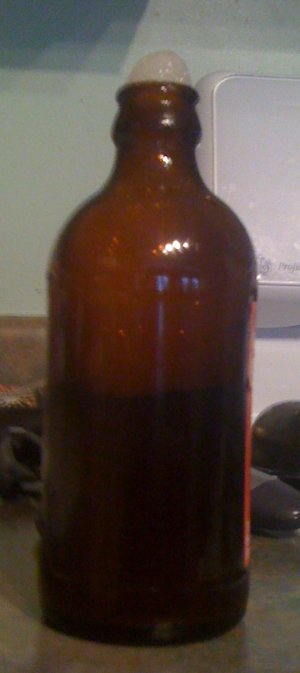Chris Greaves sent me this link, along with a hint that things could get dicey in English tea rooms:
Charles Grey, the second Earl Grey, gave the world many things, notable among them the Reform Act of 1832, but most of us remember him as the man they named a kind of tea after. Earl Grey is a brilliant tea; even its name conjures up both class and softness (most teas taste like they should be called Baron Harsh), and its taste — bergamot, by and large — is unique yet not too disturbing for the British palate.
I love it, and was once even mocked by John Cleese for ordering it at a writers’ meeting. (“Earl Grey?! Ooo! Ai’m going to have some AIRL GRAY!!” he yelled in a Monty Python shriek. He had himself ordered some sort of Californian fruit tea, so was not, I felt, in much of a position to criticise.)
Twinings’ bizarre plan to change the flavour of Earl Grey seems a misguided one. It has added more lemon and more bergamot to make it even more “wonderful”. Leaving aside the fact that only in the world of tea-producing have the words “more bergamot” and “wonderful” ever been combined, you do feel that they have, how can I put it, gone barmy. Earl Grey is Earl Grey. Variants like the apparently popular “Lady Grey” — it’s got orange in it — and this new Earl Grey Bergamot City, or whatever it’s called, are not really needed. (The Earl Grey-flavoured Kit-Kat was, if Wikipedia is to be believed, fortunately confined to the Japanese market.)



 I’m always on the lookout for interesting beers (I’m very much into wine, but now and again a beer is the right beverage). I picked up a six-pack of “Sgt. Major India Pale Ale” from the Scotch Irish Brewing company on Friday. They’ve been in the fridge since then. I decided to open one earlier this afternoon, only to discover that the Sgt. Major is an excitable type.
I’m always on the lookout for interesting beers (I’m very much into wine, but now and again a beer is the right beverage). I picked up a six-pack of “Sgt. Major India Pale Ale” from the Scotch Irish Brewing company on Friday. They’ve been in the fridge since then. I decided to open one earlier this afternoon, only to discover that the Sgt. Major is an excitable type. 



